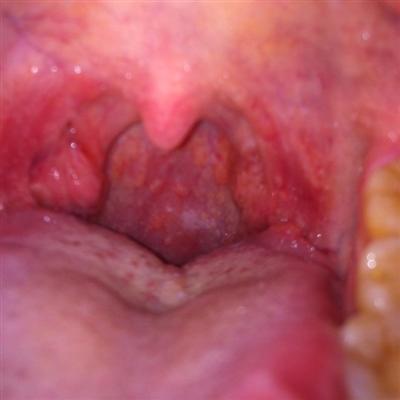Symptoms of olfactory neuroblastoma
summary
Olfactory neuroblastoma is a rare malignant tumor derived from the olfactory mucosal neuroepithelial cells. This disease is rare, the etiology is unknown, more common in adults, no significant gender difference. The younger the patient is, the worse the prognosis will be. Let's talk about the symptoms of olfactory neuroblastoma.
Symptoms of olfactory neuroblastoma
First, most of the primary lesions are located at the top of the nasal cavity. Clinically, most of them have symptoms of epistaxis and nasal obstruction, and a few of them have olfactory impairment or loss. When the lesions invaded the adjacent structures, the corresponding exophthalmos, vision loss, headache and cranial nerve damage may appear.

Second, the main symptoms included unilateral nasal obstruction (70%) and epistaxis (46%), and the rare manifestations included loss of smell, headache, excessive tears and blurred vision. It is characterized by long-term persistent symptoms caused by slow tumor growth. The average time from the first symptom to the final diagnosis was 6 months.

Third: symptoms of olfactory neuroblastoma: unilateral onset, the first symptom is mostly bloody nose, a few for epistaxis or nasal obstruction, often accompanied by a sinusitis, some patients have unilateral anosmia. Physical examination showed that the middle turbinate above the free edge of light red or bright red new organisms, in the quality, the surface may have granular or mild bloodstain. The tumor growth invaded the adjacent sinuses, and then the eyes and anterior skull base were invaded. Lymph node metastasis was late.

matters needing attention
The incidence rate of this disease is low. Most scholars recommend surgery combined with radiotherapy and chemotherapy. The operation can be performed by lateral rhinotomy or combined craniofacial approach. However, due to the complexity of the anatomical structure of the tumor origin, complete resection is difficult. Postoperative radiotherapy and / or chemotherapy should be combined to improve the effect of tumor control.













